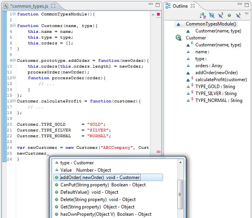Introduction
As HTML5 standards mature, JavaScript has become the de-facto programming language of the web for client-side environments, and is gaining ground rapidly on the server-side. As JavaScript code-bases grow larger and more complex, the object-oriented capabilities of the language become increasingly crucial. Although JavaScript's object-oriented capabilities are not as powerful as those of static server-side languages like Java, its current object-oriented model can be utilized to write better code.
In this Refcard, you'll learn how to write object-oriented code in JavaScript. Code samples include some EcmaScript 5 (JavaScript's specification) features and have been tested in Firefox 17, Chrome 23 and Internet Explorer 9.



